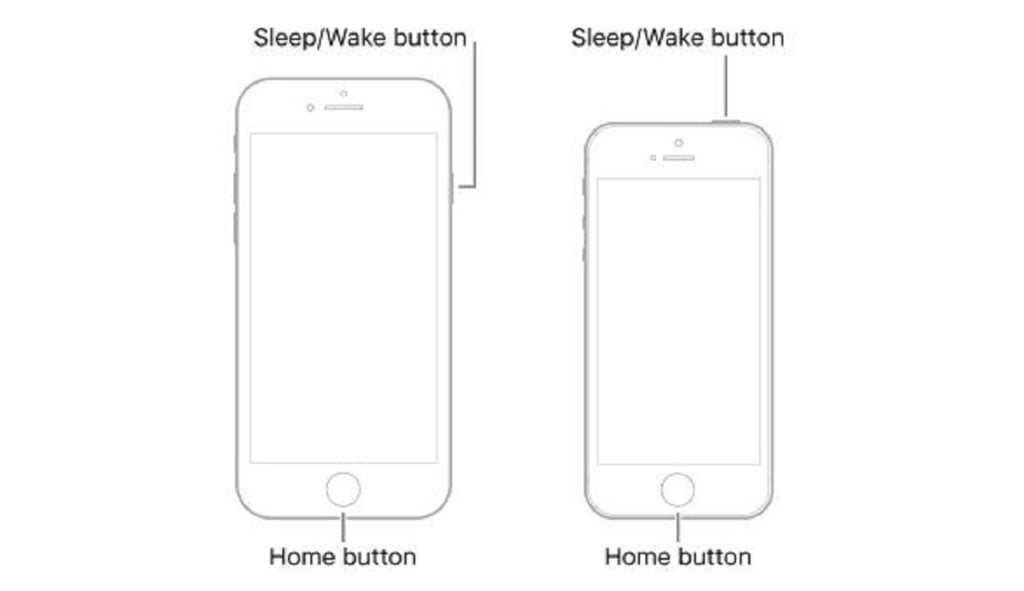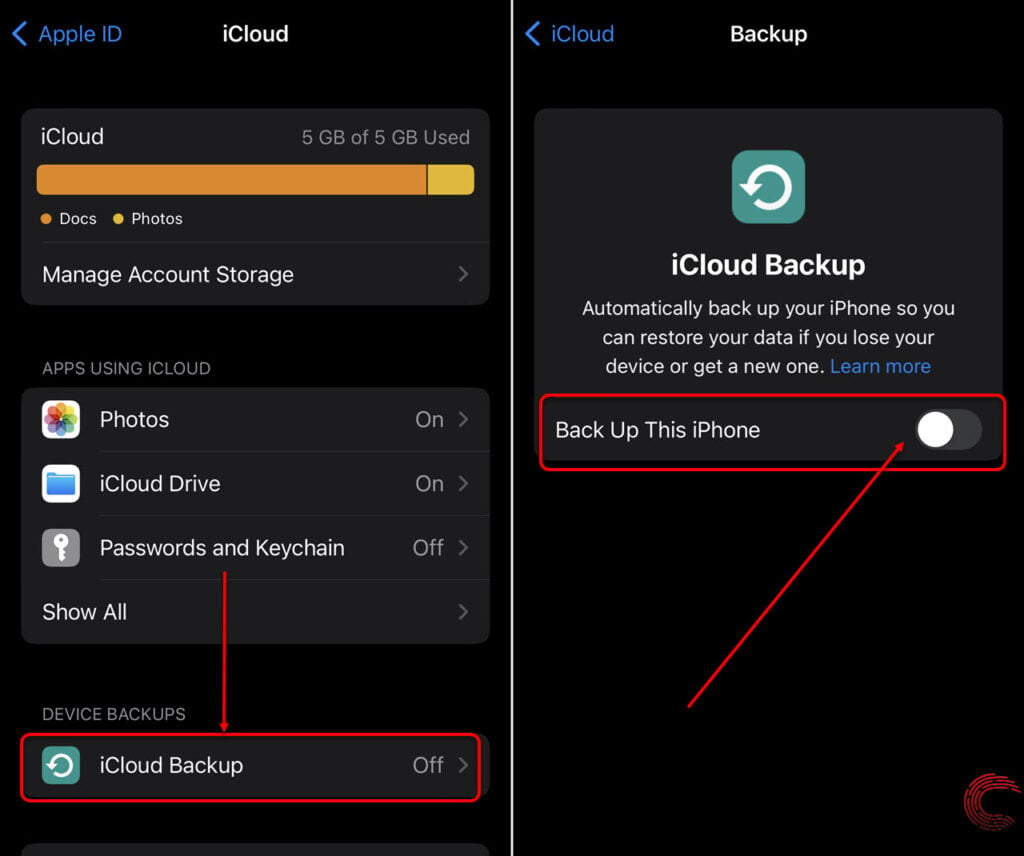Smartphones have become essential to people’s lives, storing numerous memories, personal data, and vital information. However, sometimes, individuals may face issues that require them to reset their iPhones. This could be due to phone performance problems, app malfunctions, or the user wishing to get a fresh start.
In this article, we have discussed the various methods to reset your iPhone without losing your data on your iPhone.
Also read: How to unsync Google Photos from iPhone?
Soft reset or Force reset iPhone
A soft reset, also known as force restart, is not the same as a regular restart, where you turn off your iPhone and turn it back on. The soft reset is useful when your phone becomes unresponsive and can be done even if the buttons are not working.
However, it’s essential to understand that a soft reset differs from a hard reset or factory reset, which erases all data on your iPhone and sets it back to its original, empty state, just like when you first bought it.
The steps differ slightly depending on the model you use.
Soft Reset an iPhone 8, iPhone SE (2nd Generation), or Later
If you use an iPhone 8, iPhone SE (2nd generation), iPhone X or newer models, follow the steps below.
- Press the Volume Up button once and release it.
- Press the Volume Down button once and release it.
- Press and hold the Power button until you see the Apple logo.
Make sure to press each button one after the other quickly, but you don’t have to do it too fast. Pressing one button per second is enough.
Soft Reset an iPhone 7
Soft resetting iPhone 7 or iPhone 7 Plus is more direct. To soft reset, follow the steps below.
- Press and hold the Volume Down and Power buttons simultaneously until you see the Apple logo.
Soft Reset an iPhone 6s, iPhone SE (1st Generation), or Earlier
Follow the steps below to soft reset an iPhone 6s, iPhone SE (1st generation), and other earlier models.

- Press and hold the Home and Power buttons simultaneously until you see the Apple logo.
Also read: How to disconnect iPhone from Mac?
Factory reset an iPhone with losing data
There are two ways to back up your iPhone: your iCloud, iTunes, or Finder data.
Each method of backup has its advantages and disadvantages. If you use iTunes or Finder, you don’t have to rely on the cloud, but you can only restore the backup from the same Apple account on your computer. However, if your computer crashes, you may lose your backup.
On the other hand, using iCloud has its benefits. Your backup remains safe from computer issues, automatically encrypted, and you can access it anywhere. You can back up and restore directly from your phone without using iTunes or Finder.
The only drawback is that if your backup exceeds the free 5GB limit, you might need to upgrade to a paid iCloud account. The paid plans offer 50GB for 99 cents per month, 200GB for $2.99, or 2TB for $9.99 monthly.
To factory reset via iCloud, follow the steps below.
Before resetting, backup your data to iCloud
To back up your data to iCloud, follow the steps below.

- Open the settings app on your iPhone and tap on your Apple ID.
- Tap the iCloud option.
- Under Device Backup, tap on the iCloud Backup option.
- Turn the toggle on beside Back Up This iPhone. After turning on the toggle, you will see a Back Up Now option. Tap on it to back up all your data to iCloud.

Factory reset your iPhone
To factory reset your iPhone follow the steps below.

- Open the settings app on your iPhone and tap on General.
- In the General settings, tap on Reset.
- Tap on Erase All Content and Settings.
It might take some time to reset your iPhone. However, note that this option will erase all the contents of your phone.
Alternatively, You can reset network settings, home screen layout, keyboard dictionary, and all the settings, location, and privacy.
Restore backup from iCloud
After resetting your iPhone follow the steps below to restore the backup from iCloud.
- Tap on Set it up manually.
- At the Apps and Data screen, choose Restore from iCloud Backup.
- Sign in to iCloud with your Apple ID and Password.
- Tap on the backup that you want to restore.
- You can choose the apps and settings you want to restore. After that, tap on Continue.
- Then, follow the on-screen instruction to set up your iPhone.
Remember, always exercise caution during the process, as a factory reset is irreversible. So, back up your data, reset confidently, and enjoy a refreshed and optimised iPhone experience.





